5 Hot Vacation Spots for Sun Lovers
Hoping to soak up some sunshine? Consider these sunny destinations.
1. Riviera Maya
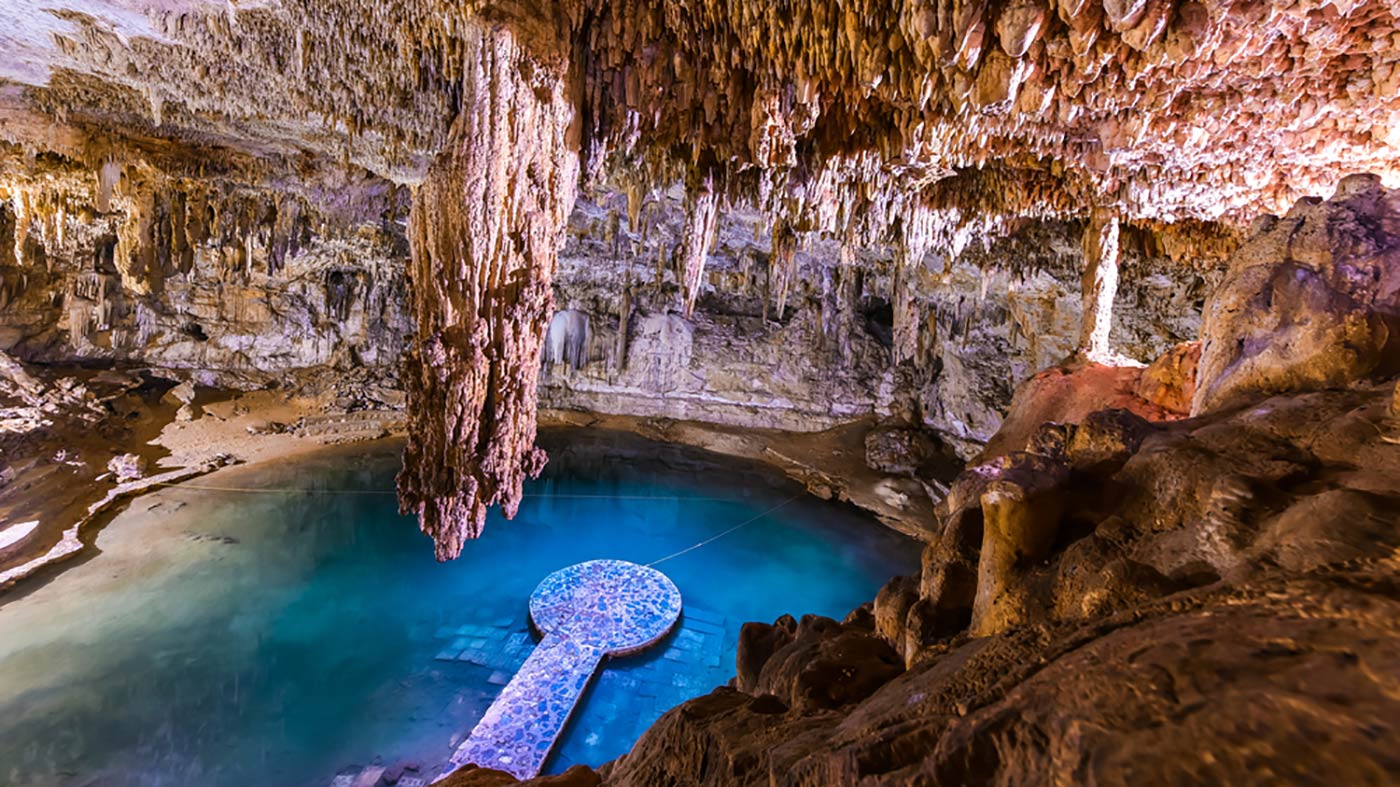 Simon Dannhauer/Shutterstock
Simon Dannhauer/Shutterstock
An 80-mile sweep of sun-soaked coastline on Mexico’s Yucatan Peninsula, Riviera Maya boasts sugar-soft sand, gentle waves and captivating archaeological ruins. Hike amid the work of ancient Mayans in Tulum or at Chichen Itza, just a couple of hours inland, or slip into one of the area’s natural swimming holes, called cenotes—either way, you’ll find it hard to resist the pull of this beautiful land.
2. Chile’s Lake District
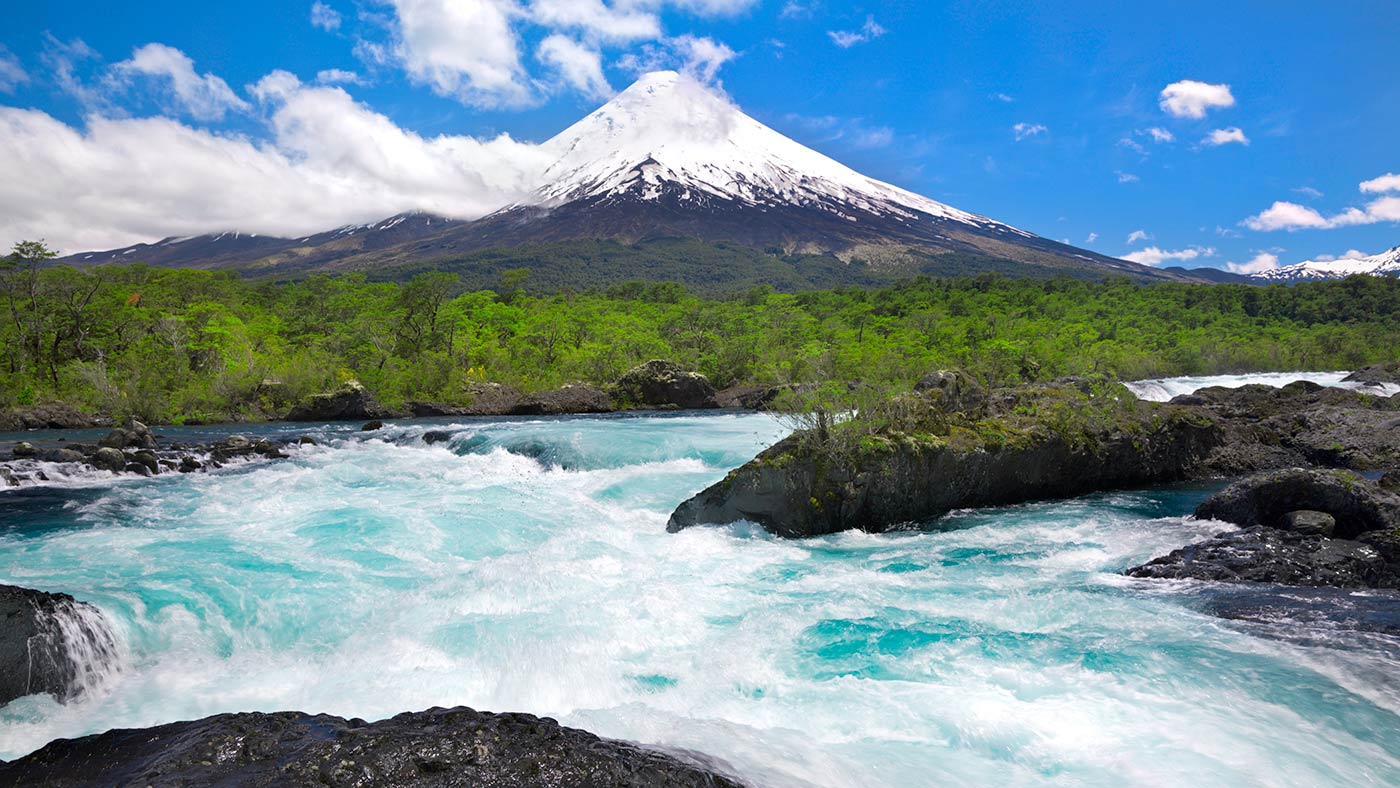 iStock
iStock
When it’s winter in the United States, it’s summer in South America, and the sun-kissed Lake District, south of Santiago, is the place to head for an infusion of warm weather. But the main event is the scenery—including snowcapped volcanoes, sapphire-blue mountain lakes and pristine forests.
3. Galapagos
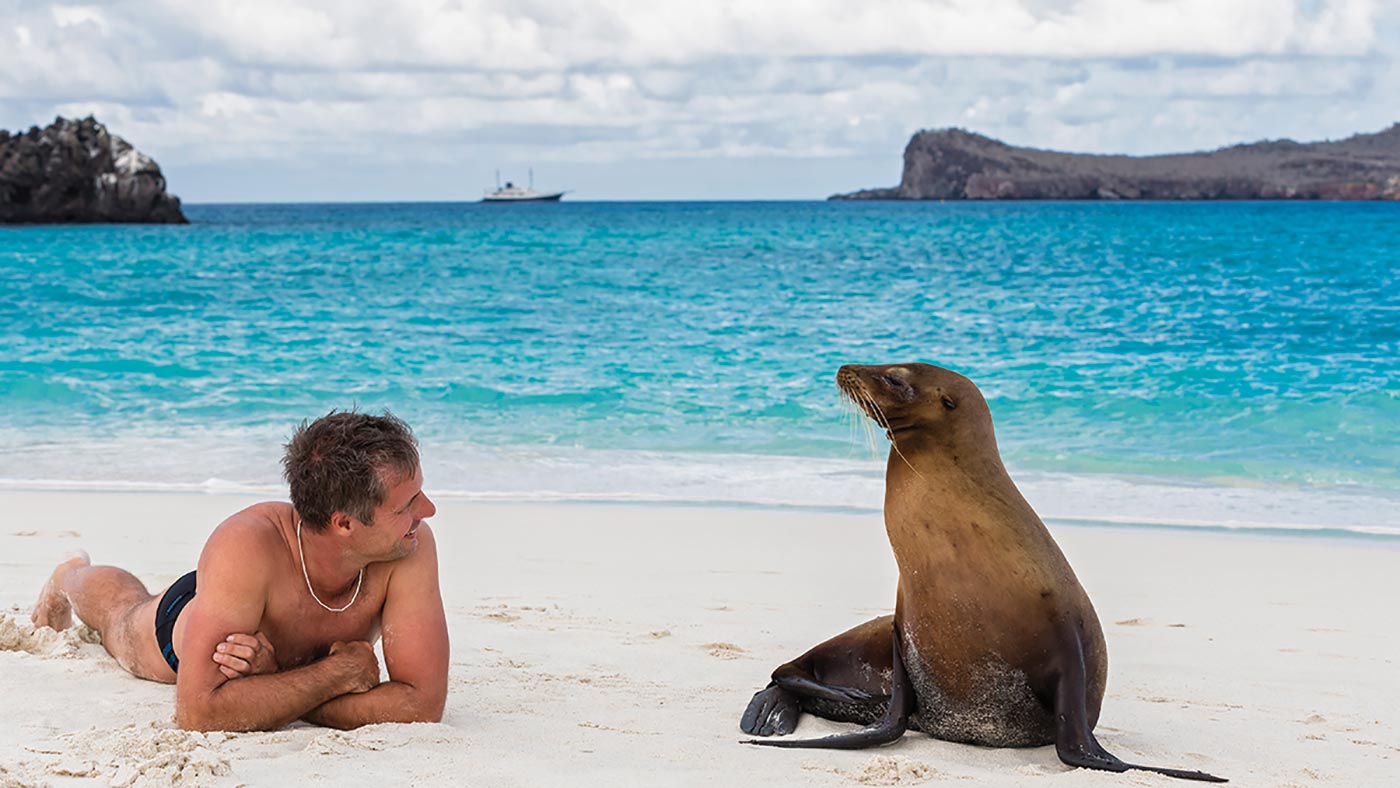 Westend61/Fotofeeling/Getty Images
Westend61/Fotofeeling/Getty Images
In this dreamscape, colonies of sea lions nap on white-sand beaches and sea turtles glide nonchalantly past snorkelers. Some 600 miles off Ecuador’s coast, the Galapagos Islands are a pristine national park, full of creatures who aren’t afraid, so you can see them up close—just like Charles Darwin, who visited before developing his theory of evolution.
4. Hawaii
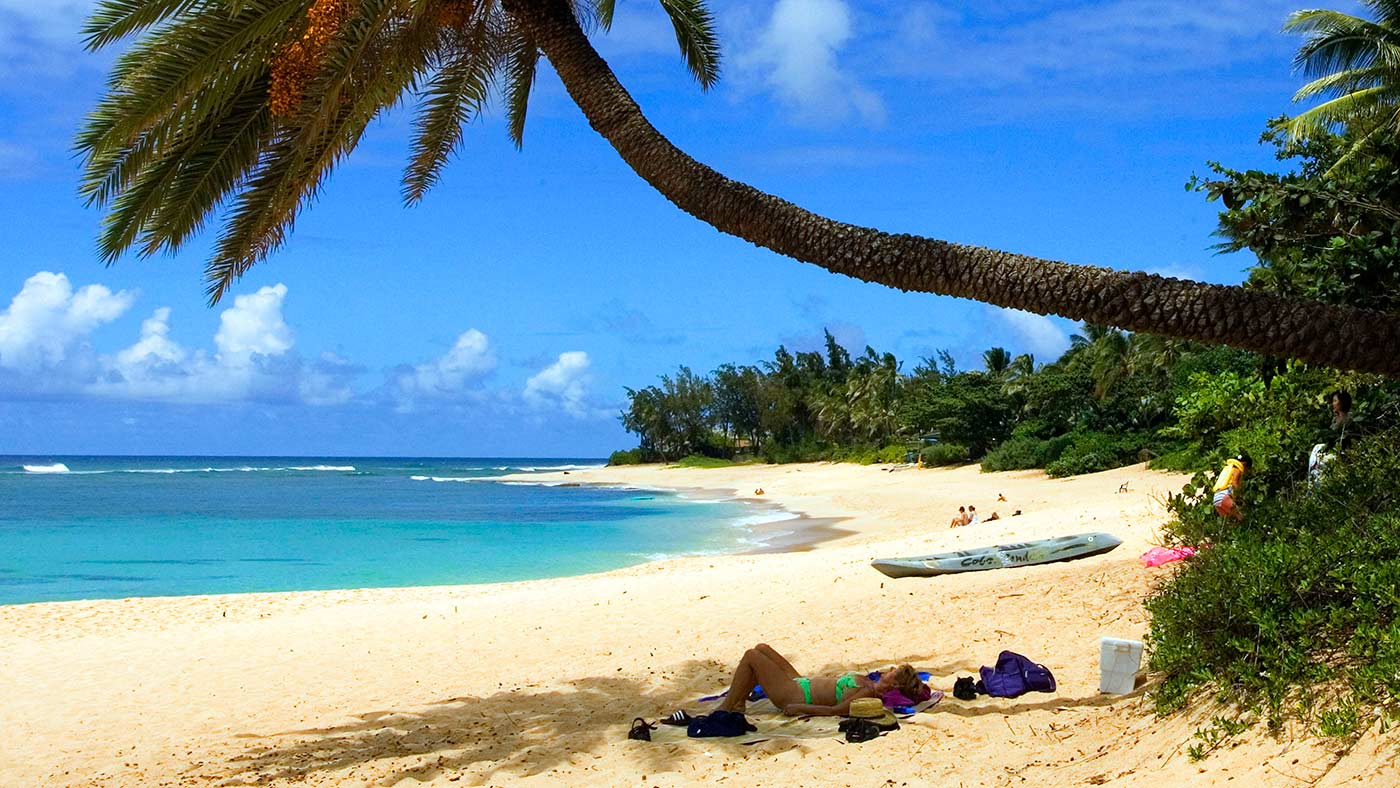 Fyne Photos/eStock
Fyne Photos/eStock
Whether the day’s plan is to visit Pearl Harbor, explore a volcano or simply relax at one of about 400 sandy beaches, good weather is good news—and Hawaii has it in spades: The average high temperature is 85 in summer and 78 in winter.
5. The rugged Southwest
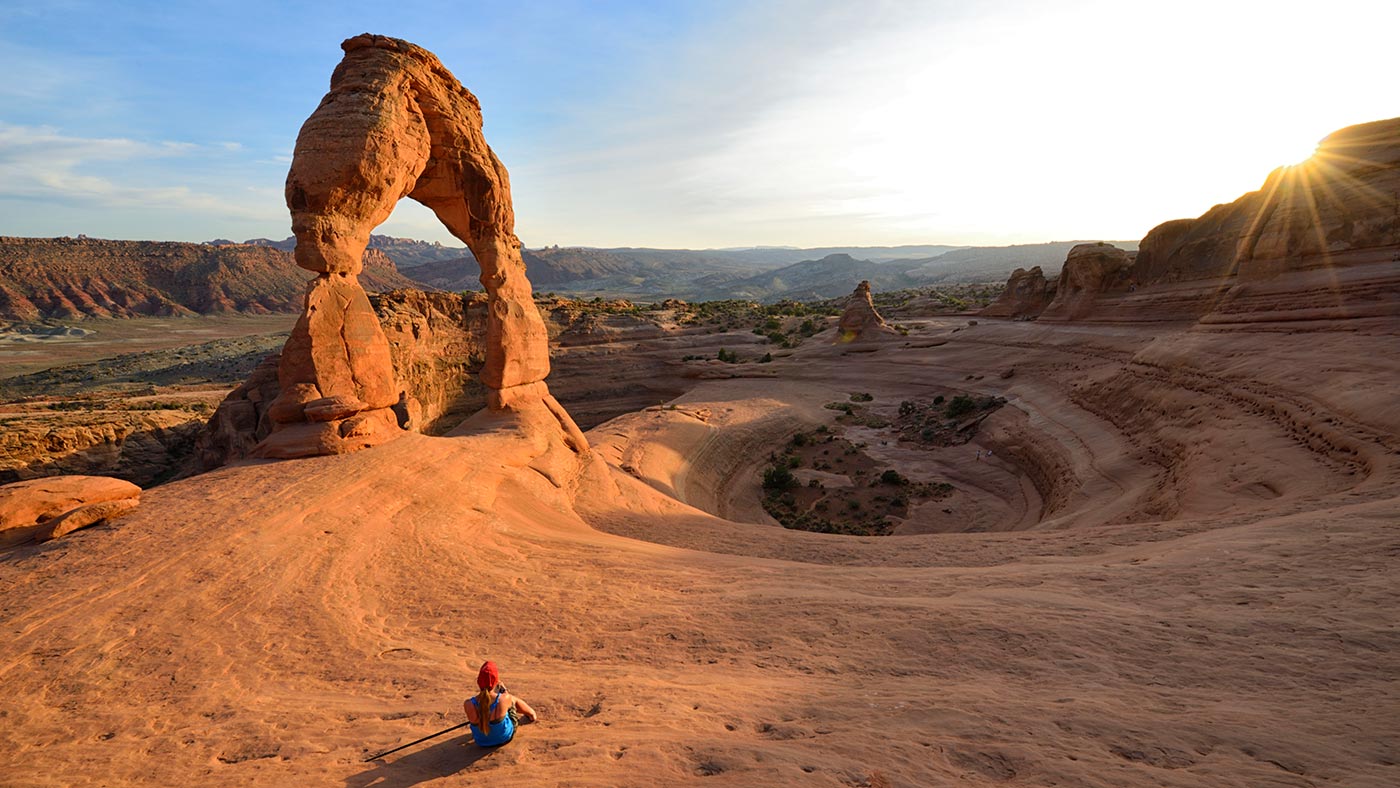 Heeb Photos/eStock
Heeb Photos/eStock
The American Southwest boasts more sunny days per year than any other part of the country. Add views of red-rock cliffs, fathomless canyons and verdant coniferous forests, and you’ve got a road trip to remember. A network of scenic highways connects southern Utah’s national parks, including Arches and Canyonlands near the river town of Moab. Bryce Canyon and Zion occupy the high-desert plateaus to the west. From there, it’s about a four-hour drive to the Grand Canyon in northern Arizona. Summer is peak season, but don’t discount spring and fall. Crowds are smaller, and it’s easier to book rooms at iconic lodges. Even in winter, the days abound with sunshine and big blue skies.